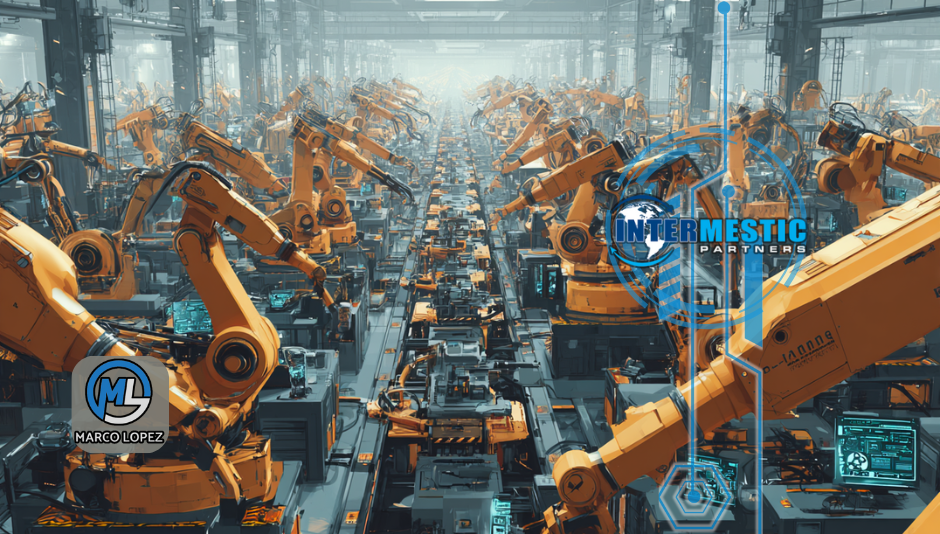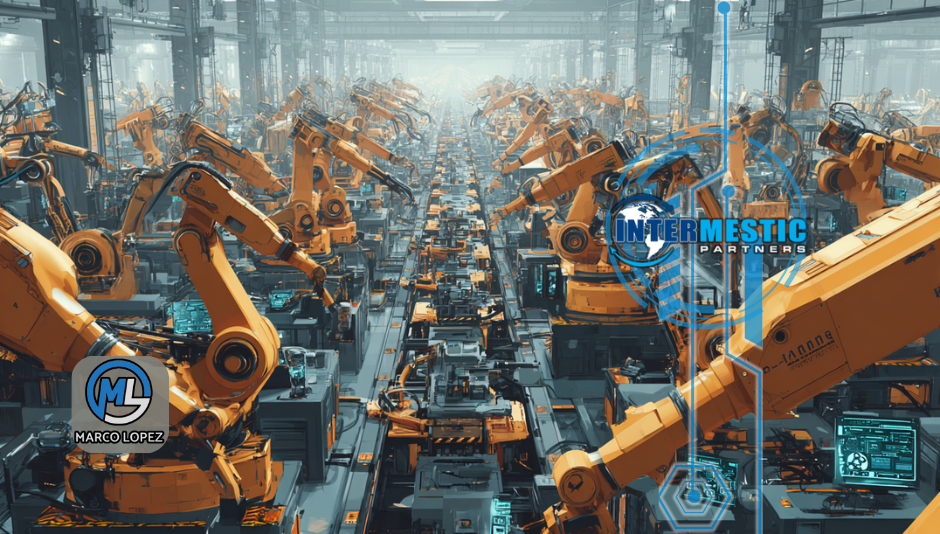
AI, Automation, and the Future of Work

Skilled labor—once defined by artisans and craftsmen—is undergoing a seismic shift. From construction crews to software engineers, the future of skilled labor is shaped by technology, globalization, and the race to stay relevant in a changing economy.
I’ve seen these dynamics firsthand—as a former mayor of a U.S. border city, head of Arizona’s Commerce Department, and Chief of Staff at U.S. Customs and Border Protection. Today at Intermestic Partners, the international business advisory firm I founded in 2011, we help global companies navigate workforce challenges driven by these transformations.
From Industrial Revolutions to AI
Historically, skilled labor evolved through waves of innovation—from the industrial revolution’s factories to today’s tech-driven economy. Nations like Germany still rely on strong apprenticeship programs, while Silicon Valley thrives on cutting-edge technical skills.
But recognition and pay for skilled workers lag behind their importance. The rise of automation and AI risks deepening these disparities, even as it creates new opportunities.
The Double-Edged Sword of Technology
-
AI in manufacturing reduces manual labor while increasing efficiency
-
Healthcare AI tools speed up diagnostics but demand new training for workers
-
Automation frees humans from routine tasks, pushing them toward complex, creative roles
Over 55% of future jobs don’t yet exist—underscoring the urgency of preparing workers for skills we can’t fully predict.
Trends Redefining Skilled Labor
-
Automation: Replaces repetitive work, expands human capacity
-
AI: Creates demand for new digital skills and system oversight
-
Globalization: Expands cross-border collaboration and competition for talent
Education and Lifelong Learning
Adapting to this shift requires continuous upskilling:
-
Universities, boot camps, and online courses teaching emerging skills (like coding and AI)
-
Corporate training programs that reskill workers for evolving roles
-
Government incentives, grants, and subsidies to close the skills gap
Addressing Inequality and Job Security
Challenges include wage disparity, job loss fears, and digital divides. Solutions range from:
-
Progressive taxation or universal basic income to offset disruptions
-
Large-scale retraining initiatives to transition workers into future industries
-
Public-private partnerships aligning education with real market needs
Shaping the Future Together
At Intermestic Partners, we see skilled labor as more than economics—it’s about dignity, opportunity, and global competitiveness. Technology should empower people, not replace them.
The takeaway: The future of skilled labor will be defined not by the tools we create, but by how we prepare people to wield them. Governments, companies, and individuals must collaborate—because the future of work is already here, and it’s human at its core.
Are you ready to align your workforce strategy with tomorrow’s realities? Connect with Intermestic Partners to explore how we bridge policy, technology, and people.

